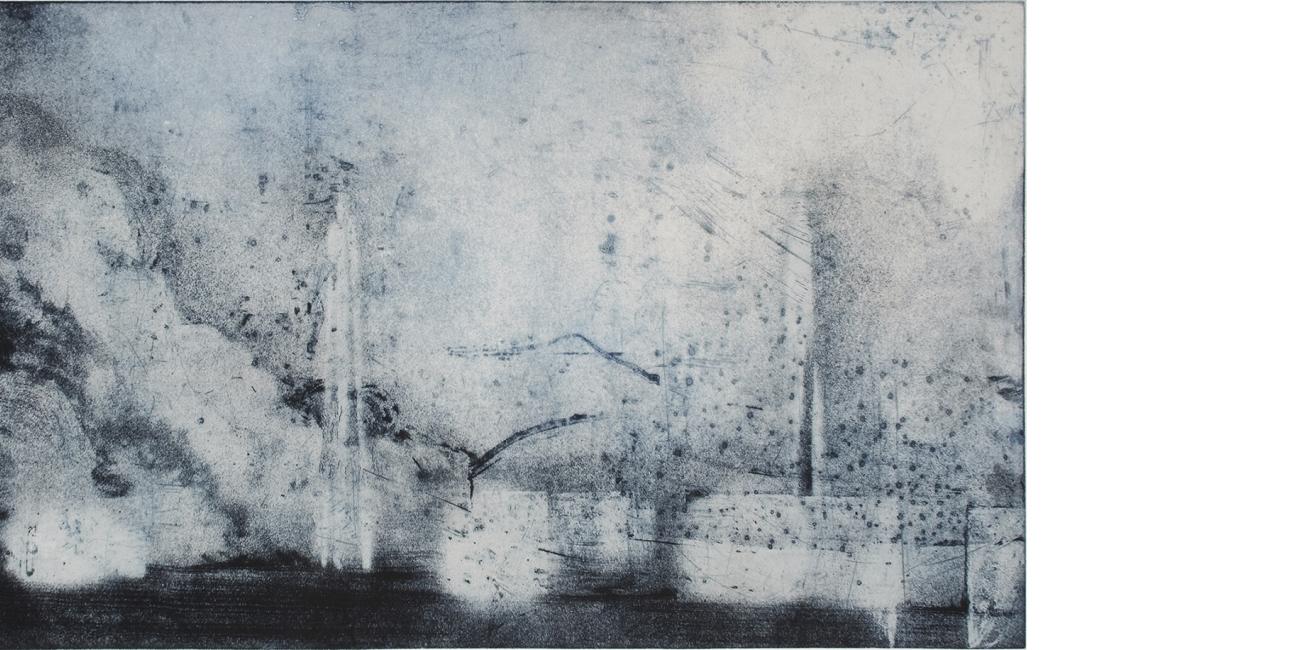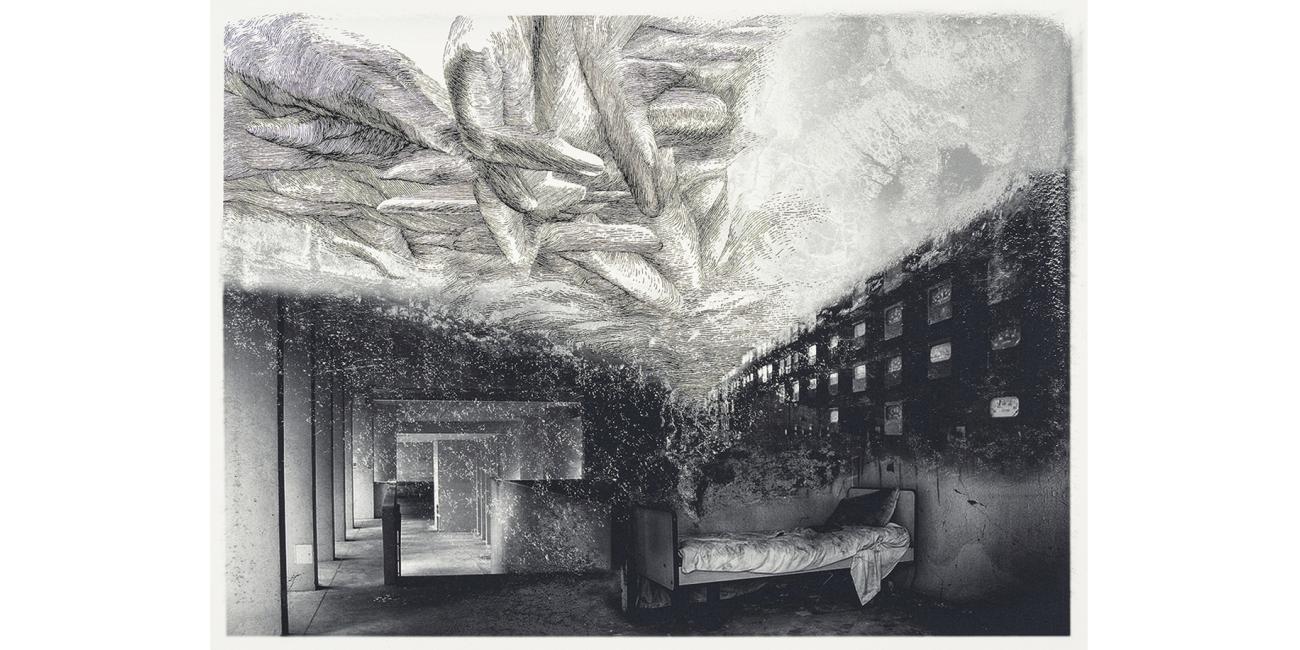
Tomasz Daniec
Born in 1973 in Kraków. In 1998, he completed his master's degree at the Faculty of Graphic Arts of the Academy of Fine Arts in Kraków, with which he remains professionally involved: he currently runs the experimental Drawing Studio II and serves as dean (end of his second term in 2024). From 2023 he has held the title of professor. Member of the Jury of the 9th Polish Graphic Triennial in Katowice 2015, the International Jury of the 11th Polish Graphic Triennial in Katowice 2021, the International Jury of the 8th Gunaln International Print Biennial (China) 2023 and the Programme Council of the Polish Graphic Triennial in Katowice.
He creates narratives within the visual arts. He used to create mainly using the graphic media of intaglio printing. Works from his two aquatint series “Peripheries” and “The New World Order” have been awarded many times at international graphic art events in China (so far, he is the only finalist to win the Guanlan International Print Prize twice), Taiwan and Poland. The culmination of this activity was the Grand Prix at the 8th Polish Graphics Triennial in Katowice (2012), which he received for the aquatints “Sepsis”, “Bilderberg” and “Artificial Fog”. Since then, in addition to painting and drawing, he has mainly focused on activities involving chemical photography and the borderlands between photography and digital graphics. His activity is increasingly moving towards imagery that exposes the analogue and archaic qualities of the media used. He exhibits rarely, usually in the form of more or less elaborate cycles. He has participated in exhibitions in Poland, China, Taiwan, Japan, Spain, Italy, France, Germany, the Netherlands, Finland, Denmark, Hungary, Ukraine, Bulgaria, Macedonia, Portugal, Austria, Russia, South Korea, India and the USA.
For a long time, I have been striving to discover the nature of art, while at the same time belittling the object of art. The latter puts acute pressure on exhibition activity. It stems from the now trivial observation of the overloading of the field of culture, which is growing by the second with more and more entities, most of which seem to have no meaning. Over time, the multiplications and repetitions in the sphere of visual culture have become an area in which I look for clues to the general nature of art and the extent to which its boundaries exist (insofar as they exist and can be defined), on the one hand, and a mirror in which to view what comes out of my hand, on the other. I have begun to locate my work in specific and often completely exploited conventions, thereby intentionally stripping it of its originality. I can call this action a long-term experiment, based on unstable neo-conceptual foundations that take into account notions of formal and linguistic conventionalism, heading towards what, following Joseph Kosuth, can be called an exploration of the notion of 'what art is' and putting the meaningful buoyancy of the artistic object to the test. This is accompanied by a strong feeling that an essential element of what I do is an attempt to create a model that defines the construction and archives the properties of a selected area of reality, or a map that delineates its topography.
My topography is an intentionally flawed representation of a map. A flawed construct whose frailty manifests itself in a large proportion of its component images. The map thickens over time and some places are already described quite finely, others are single registrations. Still, the predominant areas of the map are covered by 'white spaces'. In the process of building the map, I am accompanied by the thought of Umberto Eco, who, in one of the columns contained in Diary of the Least: On the impossibility of making a map of the Empire on a scale of 1:1, referring to a famous short story by Jorge Louis Borges, argues that a faithful representation of reality is impossible. This is how I know that a complete map will never be produced, but this does not prevent me from persistently completing it.
The idea of the archive (repository), which for me, on a par with the map, is a tool for organizing experiences that gradually build up a picture of reality - in this case by documenting the elements added to its image - indicates that their classification and archiving in the sense of a permanent, unchanging structure is, firstly, doomed to failure at best, and secondly, does not provide, apart from an illusion, anything that could be a stable memory trace of what happened.




















